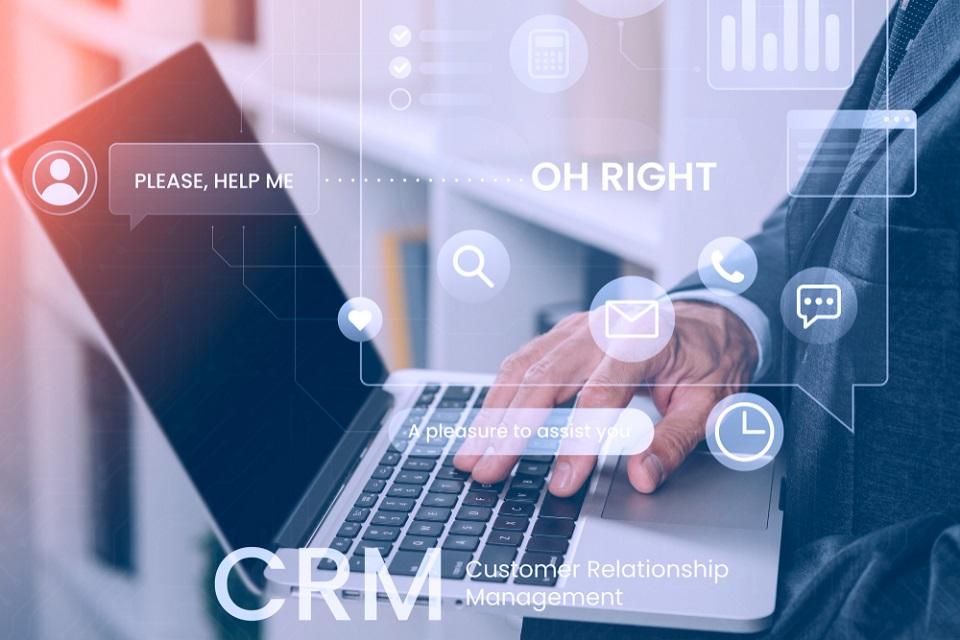Every technical employee needs access to do their job. They lose productivity when it takes too long to get that access.
An effective IAM solution streamlines that process with a passwordless approach and easy-to-manage flexible administration. It allows you to build privileged groups, streamline user registration processes and easily edit access settings.
Easy to Use
An IAM solution can interface with various systems, allowing admins to manage all users in one central place. It allows them to have better visibility of current access configurations and to ensure that the tools a user uses reflect the privileges they are entitled to under their role and job description.
An advanced IAM system can also protect privileged accounts. It enforces security authentication each time a user logs into a business application. It can include biometrics, a push to change passwords regularly, mobile phone text notifications or physical security keys, and CAPTCHAs.
Access management software can also help improve productivity by ensuring that users only have the proper permissions to use a tool and making it impossible for them to make unauthorized changes to files or other digital assets.
It is called role-based access control. It uses the principle of least privilege and separation of duties to help ensure that no single employee can make critical changes that affect multiple people or expose the organization to a data breach.
Lastly, the solution can improve productivity by enabling employees to self-provision the needed applications without waiting on an administrator to grant them access.
It can be done using a self-service portal that allows employees or third parties to request access permissions directly from the data owner. It can save administrators much time, which can be spent on more critical tasks.
Secure
As the digital workplace expands, IT needs a security system that prevents breaches without hindering productivity. A secure access management system ensures users have only the permissions they need to complete their work.
It’s also designed to bolster organization data security by tracking access activities and ensuring users don’t accidentally cause damage to sensitive information or files.
A tool should allow admins to track high-risk accounts and monitor and analyze active directories and group policy to detect changes in privilege levels. Moreover, the system should support a robust set of authentication factors that include biometrics, mobile device identification, federation services, and multi-factor authentication to ensure users are who they say they are.
The centralized user management features in an IAM tool should allow admins to quickly and accurately provision new accounts using standardized role-specific templates. In addition, it should enable a self-service portal that puts control over access rights directly into the hands of data owners.
Lastly, the systems should offer a variety of visualizations like maps, tree structures, and dashboards to give administrators at-a-glance visibility into the entire access ecosystem so they can make faster decisions about modifying or revoking permissions.
It is critical for organizations that must comply with industry regulations like GDPR or HIPAA. They must have ready access to user access records to demonstrate compliance with regulatory mandates and avoid penalties and fines for data breaches.
Adaptive
A sound IAM system can quickly determine whether a user session is worth allowing. It differs from static access models, where permissions may be set for each file, granting one user read-only access while another gets full permission to edit or delete it. It is often a problem when multiple people share duplicate files, creating inefficiencies and potential security holes.
Adaptive IAM systems use zero-trust network access, machine learning, and automation to grant an appropriate level of access for each user session. It allows IT admins to balance strong cybersecurity with a simple end-user experience.
Traditional risk-based authentication controls rely on the requester’s contextual and behavioral information when they make a login attempt. It can work but also be inconvenient and unnecessarily difficult to implement in a business environment with changing user roles, devices, and work locations.
An adaptive program can work like an access gatekeeper, using a profile that contains granular data about the requester, such as their role, registered devices, and standard login times. It can then be used to assess their risks and authenticate them appropriately.
It can reduce the number of security hoops users must jump through, easing frustration and making them happier with their workplace technology. It can also help prevent insider threats by ensuring employees have only the privileges necessary for their jobs.
Flexible
A cumbersome user experience drains productivity, making employees look for workarounds or buy unapproved software. Streamlining access can prevent these unintended actions and help employees stay focused.
An IAM solution combines both identity and access management so that you can control who gets what to the network, systems, and data. Authentication is the first step, ensuring that users have permission to view and act on information. But authorization, or access, comes next, ensuring that individual users or groups have the right amount of privileges to do their jobs.
It is a complex endeavor since the wrong level of permissions can create security risks. For example, one team may need to edit a file, while another may only need to view it. IAM systems allow you to limit access to files, programs, or networks in ways relevant to company roles.
A sound IAM system will also provide federation services to enable secure communication across heterogeneous systems and domain boundaries. It eliminates the need for multiple passwords or logging in and out of different applications.
It also allows you to use the same credentials to log in to both cloud and on-premises systems, avoiding password sprawl that frustrates users and slows adoption. IAM also extends to non-human entities like applications, APIs and secrets, agents, and containers so they can be protected just as human users would.
Related Posts:
- Understanding Billing and Scheduling Software For Small Business
- How To Choose The Right Call Center Software For Your Business
- How to know when you need Software Development Services




